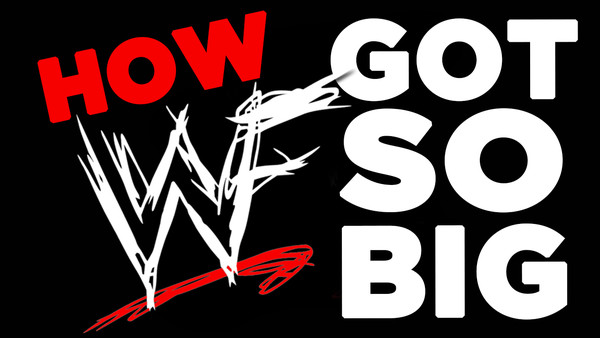How WWF Got So Big
From territory based wrasslin' to global dominance, this is the genesis of sports entertainment.

Before Vince McMahon Jr bought his father’s wrestling promotion in 1982, the wrestling landscape was divided between regional territories. From Gene LeBell’s Hollywood Wrestling in Los Angeles to Vincent James McMahon’s WWF in New York, wrestling was scattered all across the United States.
This system is practically non-existent in today’s day and age. So how did wrestling turn from a small territorial industry, into a corporate global juggernaut?
In the early 20th century, wrestling was becoming a popular spectator sport. After leaving his native Russian Empire hometown of Dorpat (today Tartu, Estonia), George Hackenschmidt wrestled throughout Europe, before taking his skills to America. In 1905, Hackenschmidt became wrestling’s first World Heavyweight Champion.
The Russian Lion was a legitimate wrestler skilled in both the European Greco-Roman style, as well as the American Catch style. He would hold the championship for almost three years before losing to Frank Gotch in front of 30,000 fans in Chicago.
Wrestling continued to thrive as a legitimate sport, but by the 1920s wrestling matches became too long and monotonous. Skilled grapplers would compete in hours-long competitions and come up short against the World Heavyweight Champion, Ed ‘Strangler’ Lewis. Box offices dwindled and public interest in wrestling began to dampen.
Lewis himself was one of three men, alongside Toots Mondt and Billy Sandow, who collectively looked to change this. The so-called 'Gold Dust Trio' innovated a style of wrestling that would add entertainment to the sport. Introducing a focus on theatrics, slams and brawls amongst the established grappling, ‘Slam Bang Western Style Wrestling’ was the genesis of sports entertainment as we know it today. Toots was instrumental in creating believably exciting finishes which would protect the reputation of wrestlers, as well as their physical wellbeing. Slam Bang also provided enough drama to audiences which would leave them begging for more, and so, revenues went up once again.